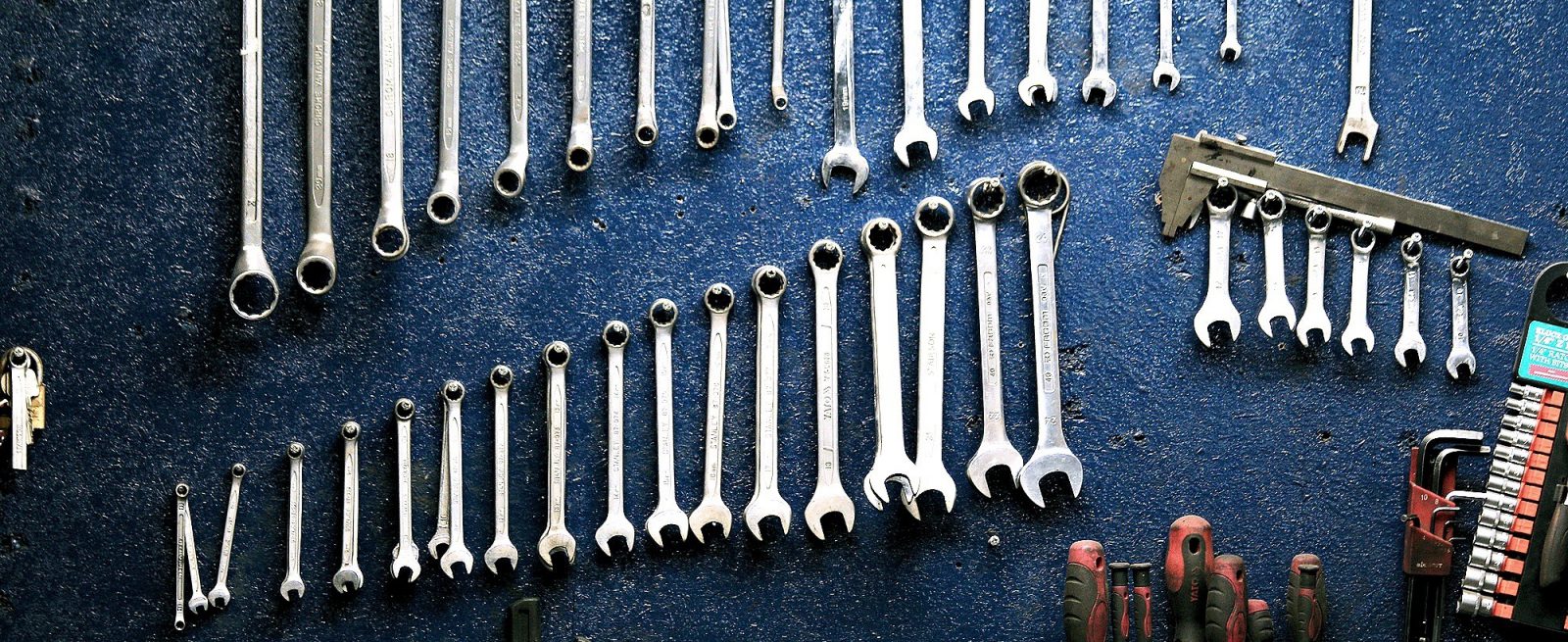Restaurants Benefit by Applying Common Marketing Tools
4 Min Read By Mary Fabro
As a marketer, I realize there is a never-ending list of advice, freely provided to restaurant owners, promising them a one-size-fits-all solution for their business. As if it were that simple. Marketing is complex, but with some common sense and help, you can get the most out of the whole 15 minutes you have to dedicate to it each day.
Know Your Business and its EnvironmentA SWOT analysis gives a complete picture of what is going on and helps you organize your thoughts and prioritize your actions.
While it may seem pretty obvious, it is worth reflecting on it and truly asking yourself the hard questions. Professional marketers and strategists swear by the SWOT analysis. SWOT stands for the Strengths, Weaknesses, Opportunities and Threats to your business. You can greatly benefit from putting such an analysis together for your restaurant. A SWOT analysis shouldn’t take very long and can be updated on a regular basis. It gives a complete picture of what is going on and helps…
Sorry, You've Reached Your Article Limit.
Register for free with our site to get unlimited articles.
Already registered? Sign in!


